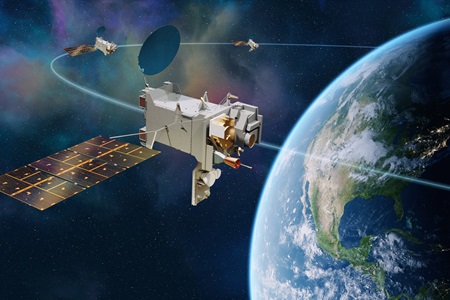
NASA has selected Lockheed Martin to develop and build the nation’s next-generation weather satellite constellation, Geostationary Extended Observations (GeoXO), for the National Oceanic and Atmospheric Administration (NOAA).
The baseline contract is for three spacecraft with options for four additional spacecraft. The total estimated value of the contract including options is $2.27bn.
The GeoXO mission will continue and expand upon critical observations of weather provided by the Lockheed Martin-built GOES-R Series geostationary satellites to include new observations of our oceans and air pollution. GeoXO’s new capabilities will deliver more accurate weather forecasting and address emerging environmental issues and challenges that threaten the economy and safety. GeoXO and the nation’s weather satellites are vital infrastructure for national resilience.
Speaking about the contract, Kyle Griffin, Vice President and General Manager of Commercial Civil Space at Lockheed Martin, said: “Our team is excited and ready to move forward to design and field this critical national capability. Our GeoXO design draws heavily from what we’ve learned with GOES-R spacecraft over the last 15 years, while incorporating new, digital technologies not only onboard the vehicles but in the design and development of this powerful, weather-monitoring platform of the future.”
GeoXO represents an expansion of the nation’s geostationary weather satellite enterprise, its capabilities and continued US technological leadership. The geostationary constellation will help NOAA provide better, more accurate information on severe weather patterns, marine ecosystems, air quality and the changing climate.
With new instruments onboard, the observatories will have a major impact including the first geostationary observations of our coastal ecosystems that support resilient coastal communities, near real-time hyperspectral sounding to map the state of the atmosphere, enhanced lightning observations for severe convection monitoring, and continental US-wide observations of harmful pollutants in the air we breathe.
The first GeoXO launch is planned for the early 2030s and will maintain and advance NOAA’s critical geostationary observations through the late 2050s.
The GeoXO spacecraft is based on Lockheed Martin’s modernised LM2100 satellite bus, which provides more performance and flexibility for addressing NOAA’s mission needs over the coming decades. The platform features SmartSat technology that enables new software pushes and capabilities as environmental data needs change over time.












Add Comment